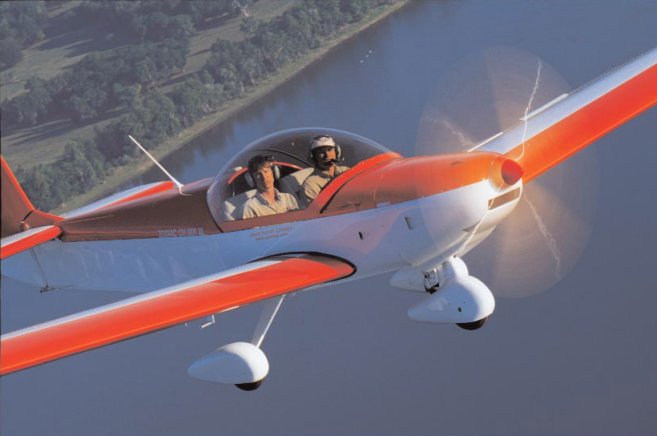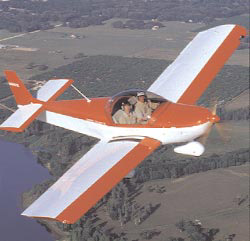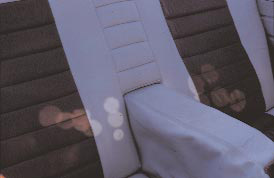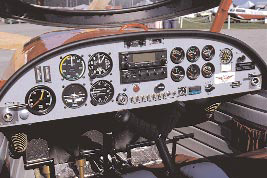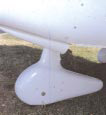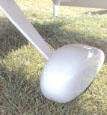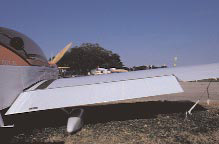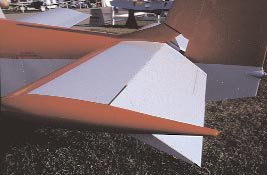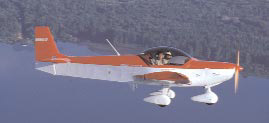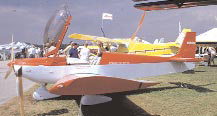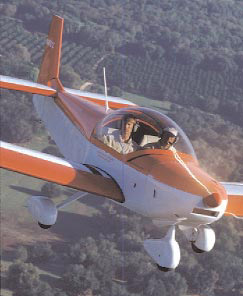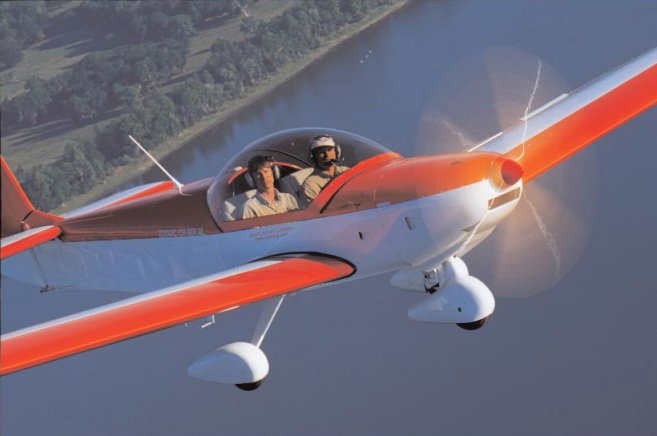
Chris Heintz’s Zodiac CH 601 XL design fits perfectly Chris Heintz is a respected designer of light aircraft, and the Zenith Aircraft Co., led by his sons Sebastian and Nick, is a successful kit manufacturer with worldwide impact. The company’s Zodiac line is a well-accepted series of aircraft with good performance and handling. So, why did I think the Zodiacs were boring? The answer’s simple—because they look like little Piper Cherokees. Now, both New Piper Aircraft and Zenith make fine aircraft with better-than-expected performance for their class. But they’re just…well…conventional, expected, familiar. They seem to be a factory sedan at a sports car show. A flight in the Zodiac XL with Nick changed my view. I now have a better understanding of the solid reputation of this Canadian designer, this company, and these aircraft. I greatly enjoyed the hour Nick and I spent buzzing about the central Florida landscape. The Zodiac Line Developed by Chris Heintz, the Zodiac line today includes four different models.


